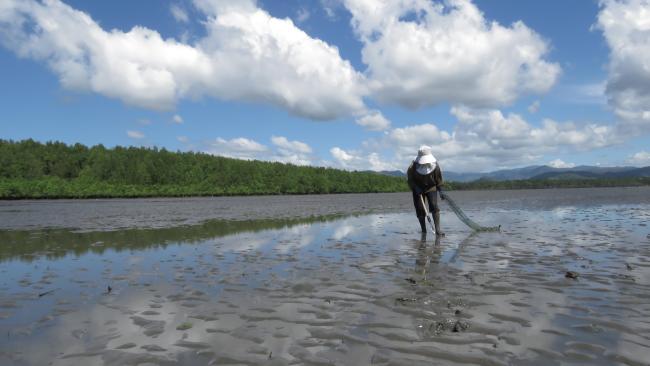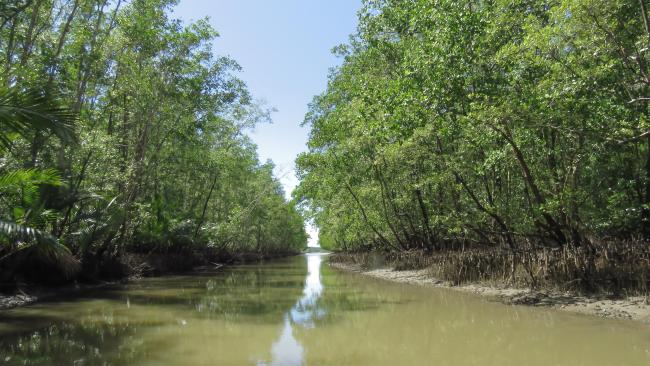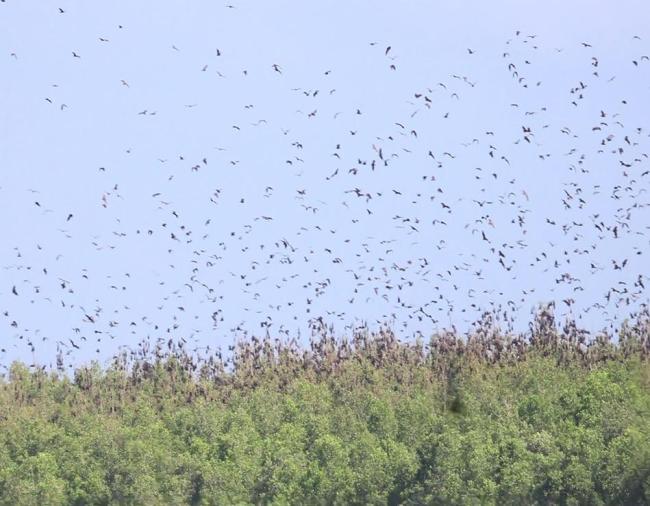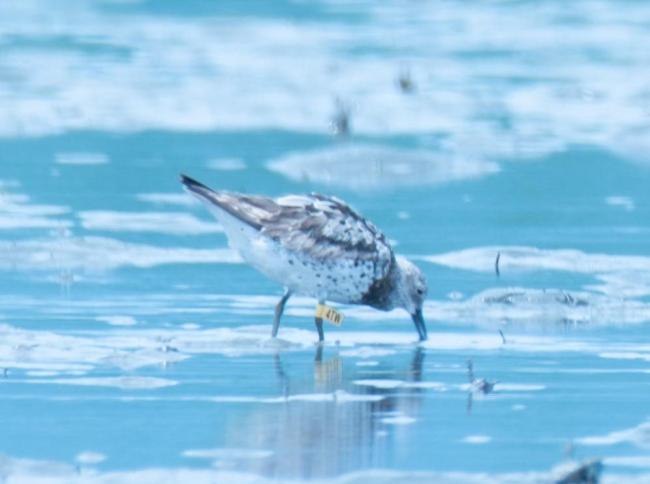Sibugay Wetland Nature Reserve
Sibugay Wetland Nature Reserve
- Country:
- Philippines
- Site number:
- 2552
- Area:
- 175,551.1 ha
- Designation date:
- 08-01-2024
- Coordinates:
- 07°33'16"N 122°38'42"E
Carousel
CarouselMaterials presented on this website, particularly maps and territorial information, are as-is and as-available based on available data and do not imply the expression of any opinion whatsoever on the part of the Secretariat of the Ramsar Convention concerning the legal status of any country, territory, city or area, or of its authorities, or concerning the delimitation of its frontiers or boundaries.
The Site is a wetland complex of forested wetlands, intertidal mud and sand flats, coral reefs, and the marine waters of Sibugay Bay. Nine municipalities and 64 villages surround the Site, with 16 river systems draining into the wetland. Due to its mangrove cover, the Site is a refuge for three species of flying fox, housing the largest colony in the Philippines which includes over 130,000 endangered large flying foxes (Pteropus vampyrus). The coastal areas of the Site serve as feeding and nesting grounds for the critically endangered hawksbill turtle (Eretmochelys imbricata) and the endangered green sea turtle (Chelonia mydas) and whale shark (Rhincodon typus). The tidal mudflats of the Site are not only a stopover point for migratory waterbirds but are also rich in shellfish on which local communities depend as a source of food and livelihoods.
- PH2552RIS_2411_en.pdf
- PH2552_map241010.jpg












